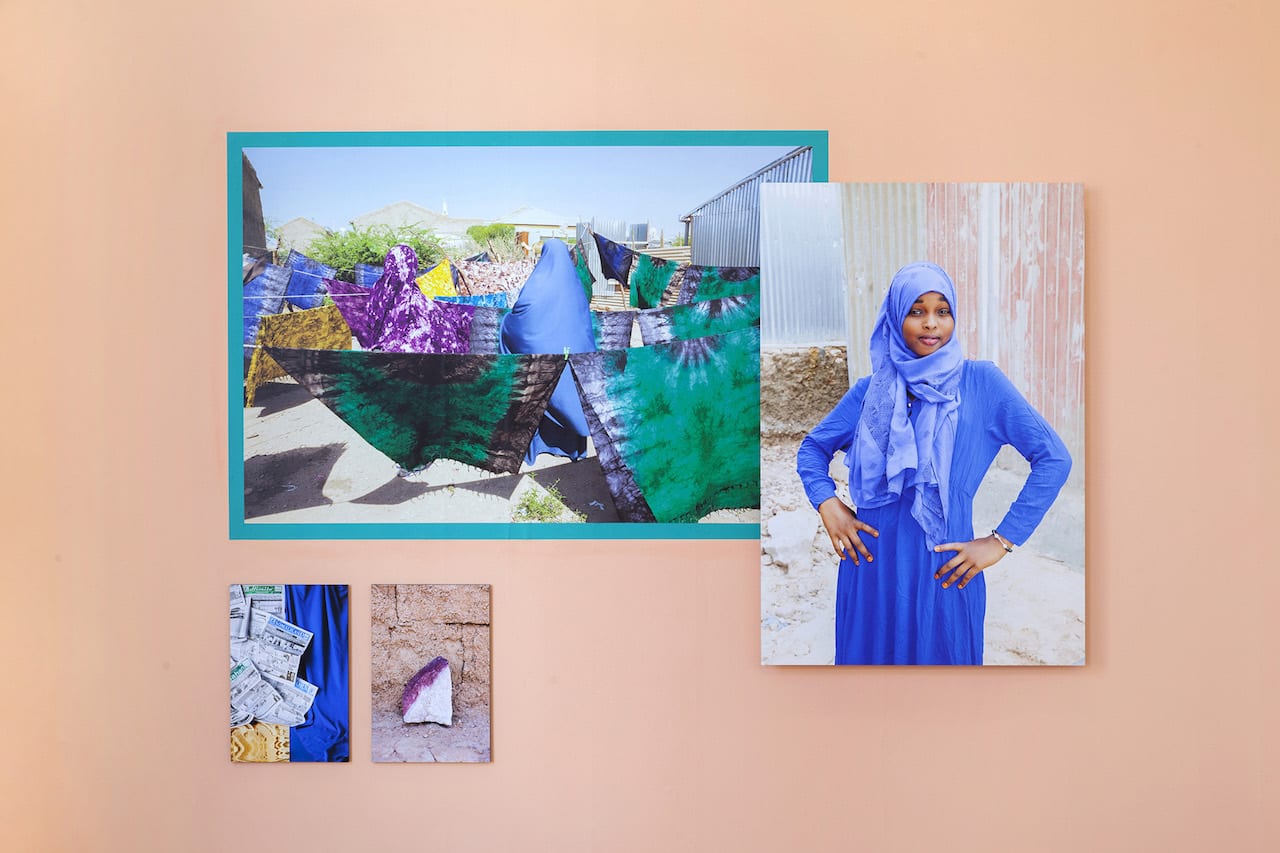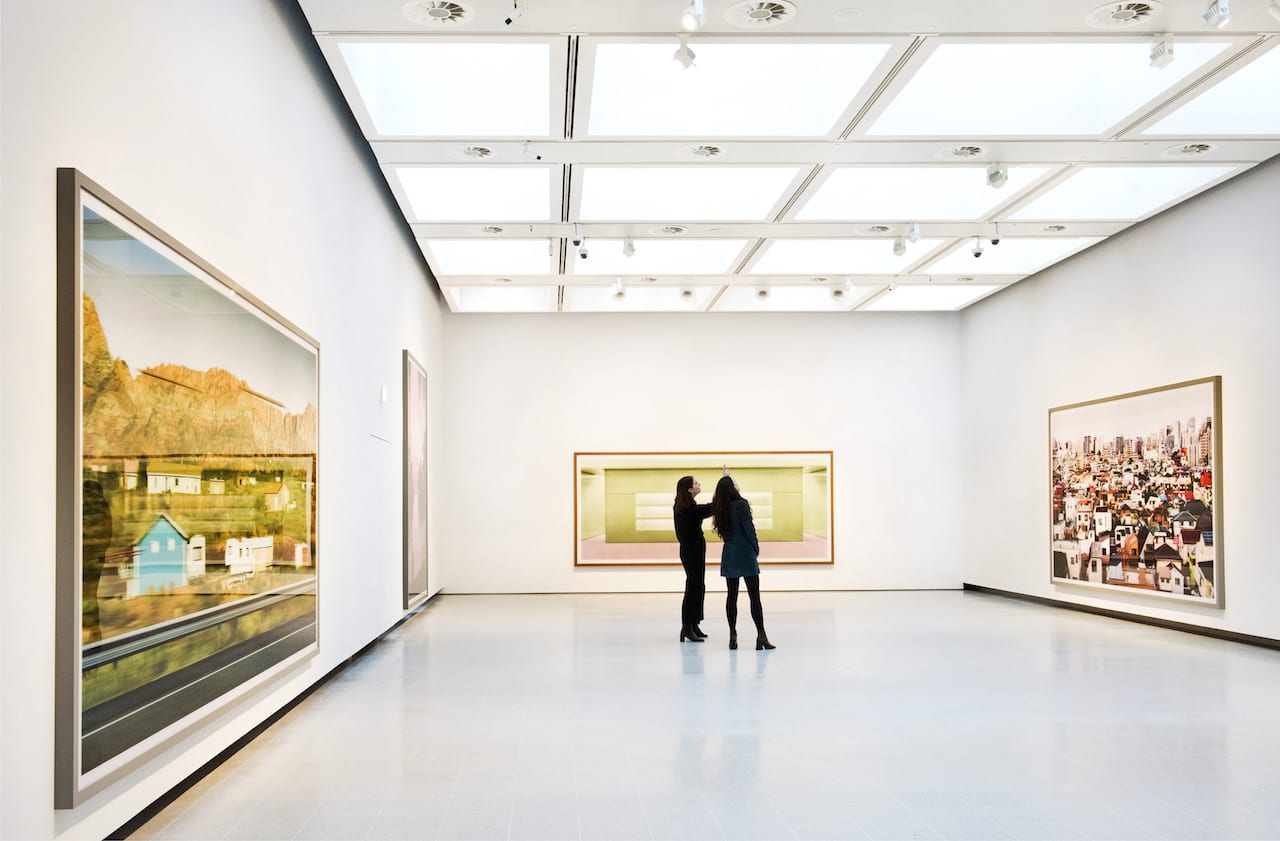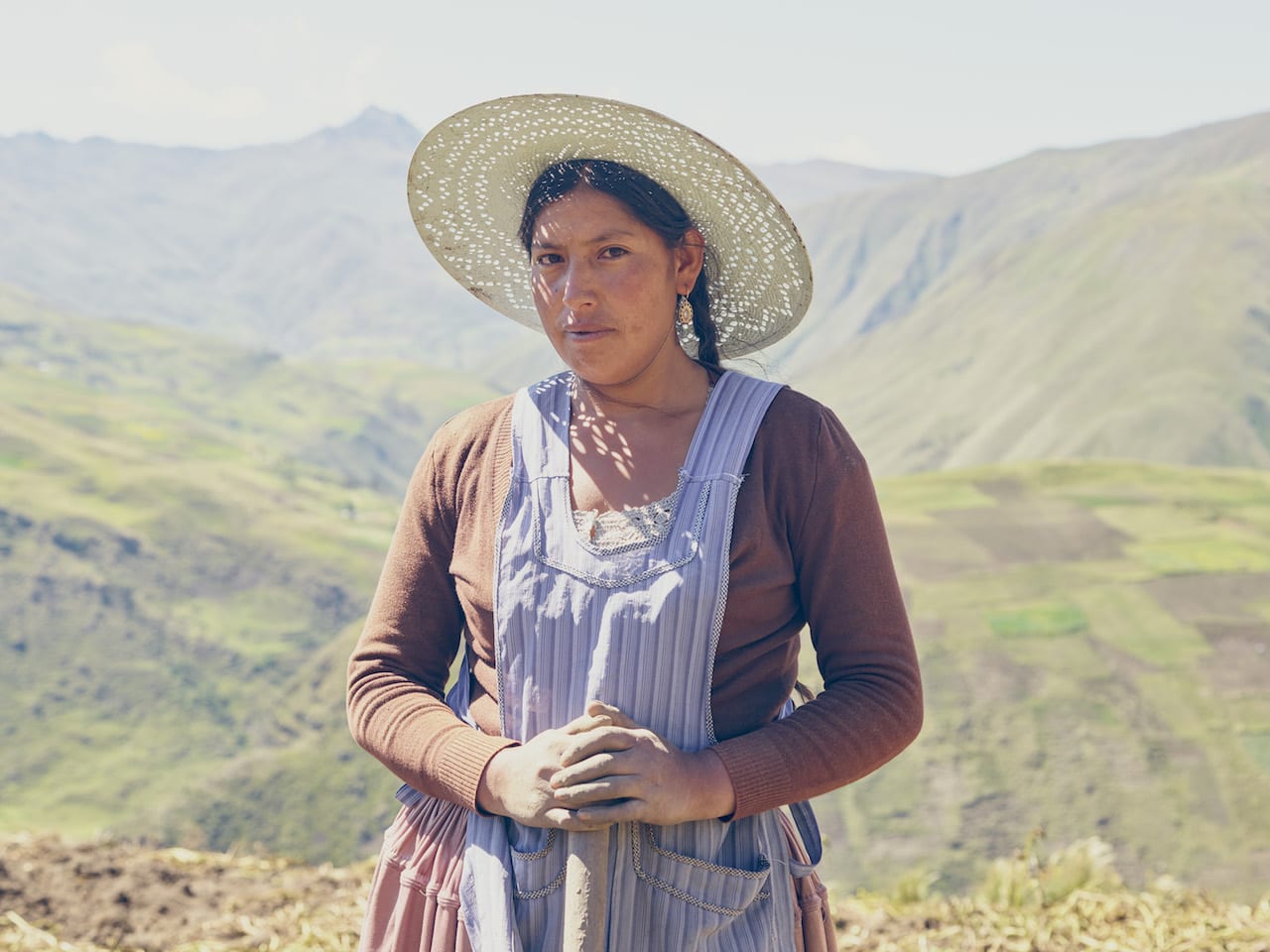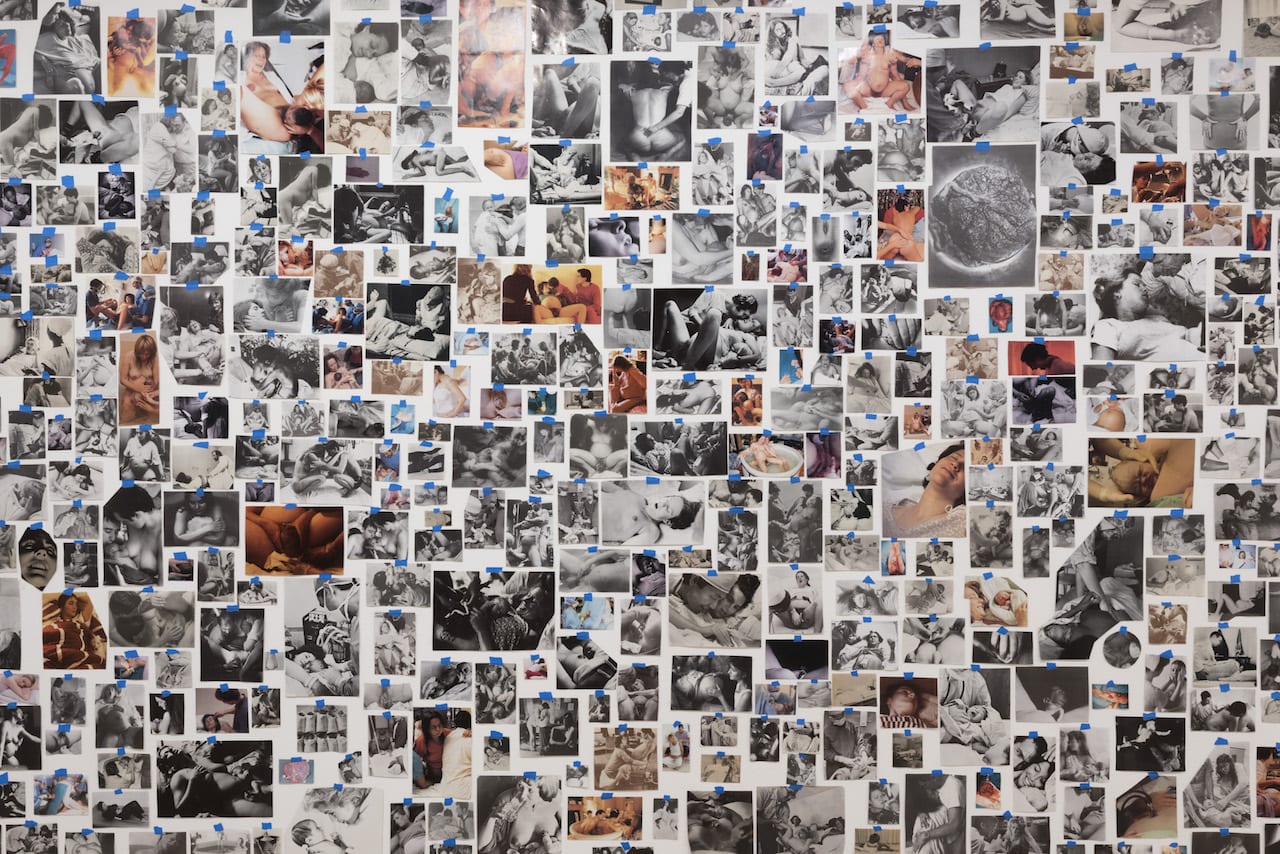Nadine Stijns’ The Anarchist Citizenship
This Dutch photographer first came to my attention in 2015, when we selected her for our Ones To Watch issue, showing an extract from A Nation Outside A Nation. That work, examining the flow of goods and capital from Filipino migrant workers to family back home, typified her approach, exploring socio-political concerns through the lens of personal stories; in this case, focusing on the phenomena of balikbayan gift boxes. I’ve been keeping a close eye on her ever since, but as her work tends to involve lots of research and gestates over long periods, it’s only now that she has a major follow up – The Anarchist Citizenship – which is still in progress, but was given an early showing by LhGWR gallery, first at Amsterdam Unseen, and then at its space in The Hague.
Made in partnership with curator Amal Alhaag and artist Mustafa Saeed, the work explores the “concept of the nation state in postcolonial Somaliland”, collaborating with people there to “define their sense of citizenship through fashion, architecture, friendship and culture.” Stijns brought all this together in an installation employing typical flair for colourful chaos. This is the work I’m most excited about seeing completed in 2019, and I have already pencilled her in for a spring issue.

Richard Mosse’s The Castle
Another of my favourite works from 2018 addresses visibility. In recent years Richard Mosse has been using military-grade imaging equipment to make work about war and the refugee crisis, most recently turning his attention to migrant camps, captured using a thermal video camera at some distance from the sites. Yes, the work is morally questionable, but that is its strength. Using the same kind of surveillance equipment employed by border forces, he emphasises the sense that migrants are dehumanised by their militarised surroundings, guarded against the outside world, hidden from view. You might think that nothing quite compares to Mosse’s recent video installations, but in his latest book – The Castle, published by MACK – he uses silver ink on black paper and a succession of foldouts to emphasise his subjects’ anonymity, set against vast backdrops that contrast their limbo with the unstoppable forces that often surround them.
Andreas Gursky at Hayward Gallery
He’s become such a fixture at art fairs and within museum surveys that it’s easy to think you know the work of Andreas Gursky through the single images that now command seven-figure sums. His retrospective at the Hayward Gallery in London told his story, from smaller scale works made on film, to his intensely detailed digital compositions, which have evolved less as a result of the technology available to him than as a response to our rapidly changing world. The show – his first major UK retrospective – at Hayward’s newly-configured galleries gave you the space to really absorb yourself in his monumental scenes, but also an historical perspective, of both Gursky as an artist who somehow no longer fits the tag of contemporary, yet always seemed ahead of his time, and as a hyper-sharp window on the spectacle of late capitalism.

We Feed The World
This initiative from The Gaia Foundation is that rare thing – a campaign that involves dozens of photographers, yet draws on their knowledge and initiative, giving them creative freedom to produce a global perspective on a subject. In this case it was the importance of small scale farming to our food production, employing both well-known and emerging photographers in locations as diverse as Bristol and the Amazonian jungle. Kudos to Francesca Price, who initiated the project, and Cheryl Newman, who drew on contacts as the former photography director of Telegraph Magazine to commission such an interesting bunch of photographers – who really delivered.

Carmen Winant’s My Birth
Having been at the birth of both my children, I can say it’s not like they portray it in the movies… Childbirth is such a universal experience, and yet it remains mired in fear and secrecy – no doubt because it is a uniquely female experience. When US artist Carmen Winant became a mother herself, she decided to do something about that, amassing a huge collection of images of births – including her own, and her siblings, as well as those of her children – to confront the subject directly. My Birth, shown as an installation at MoMA, and published as a book by SPBH Editions, makes childbirth visible; presenting the process of labour over thousands pictures to tell a story that is intensely personal to the women depicted, yet at the same time demystifies something that occurs hundreds of times, every minute of every day.

